Research Institutions
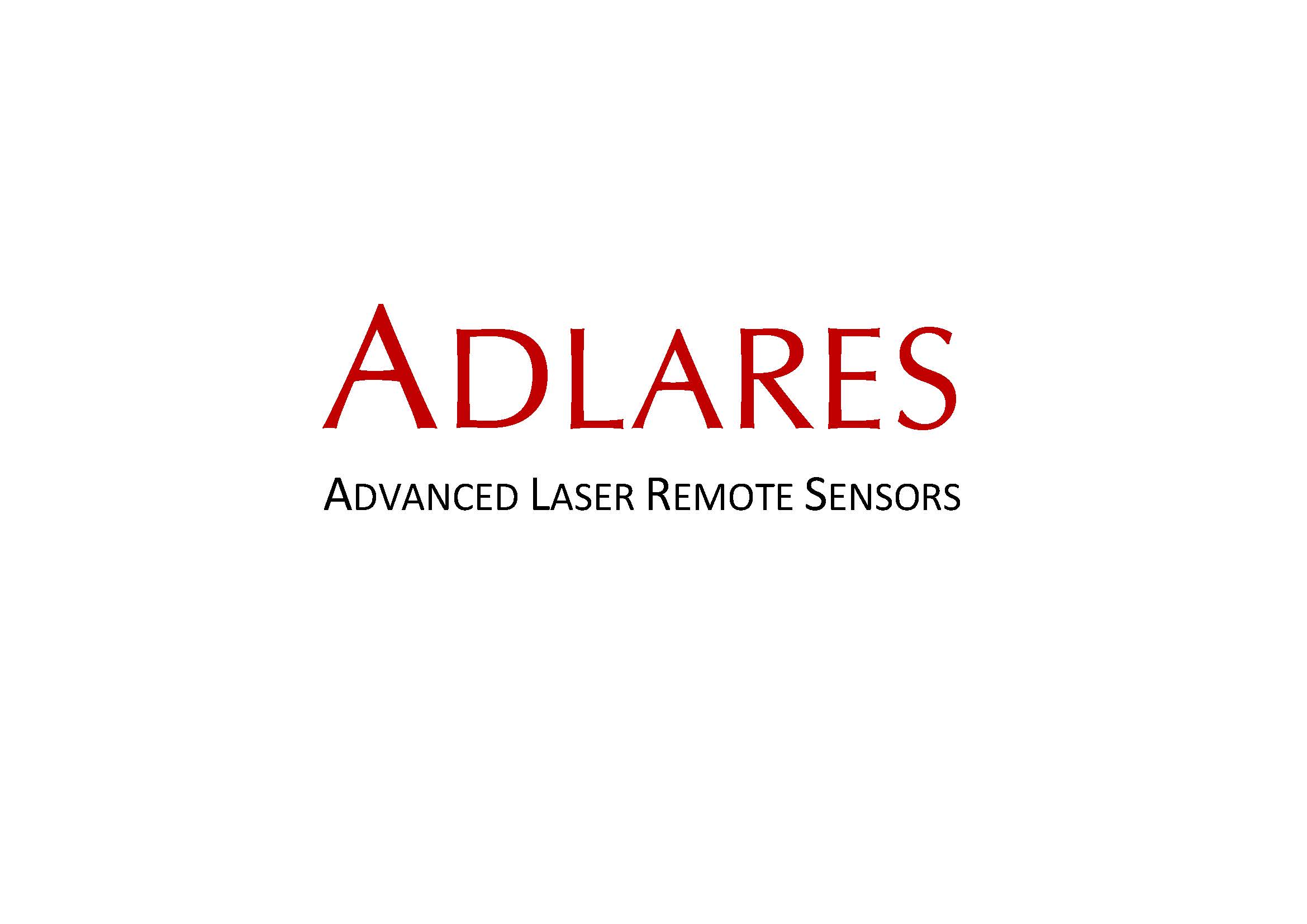
ADLARES

AdlOptica GmbH

Adtran Networks SE

Adva Optical Networking

Aegiq
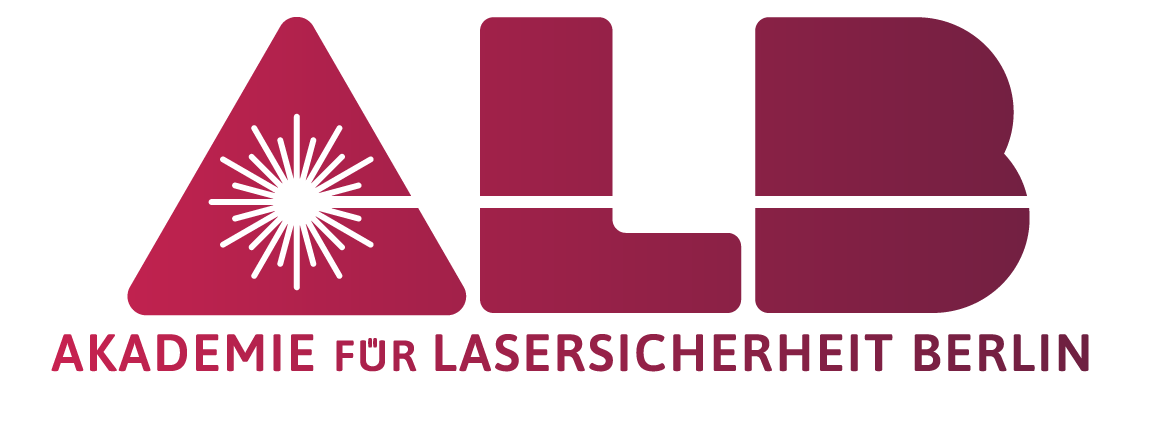
Akademie für Lasersicherheit Berlin Brandenburg

Akhetonics
Development, production and sales of a miniaturized 3D endoscope.
The basic principle is based on a technology, called digital optical holography, that is still new outside the academic environment. In this way, advantages such as the greatest possible resolution at minimal space requirements are realized in medical, endoscopic applications. Furthermore, this technology allows a look below the surface as well as the analysis of the organ surface using AI (artificial intelligence) in future.
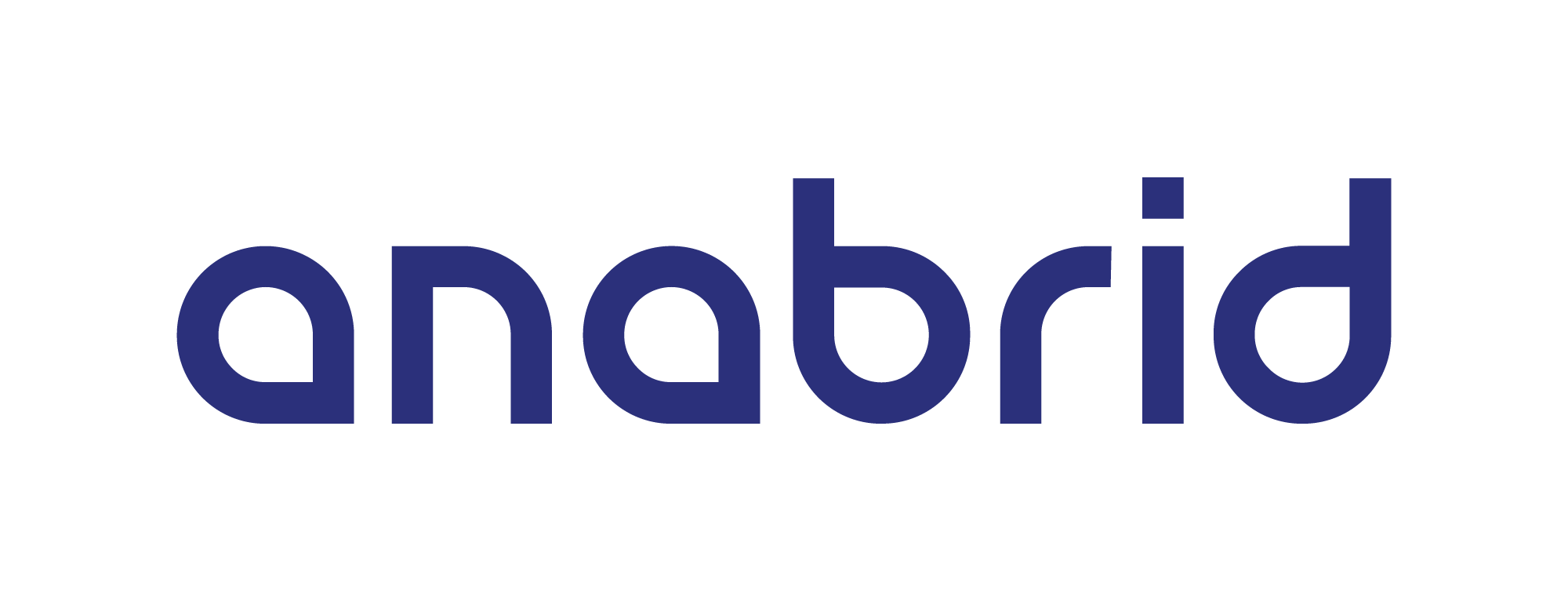
anabrid

Anaqor

Aoyama Optical Germany GmbH
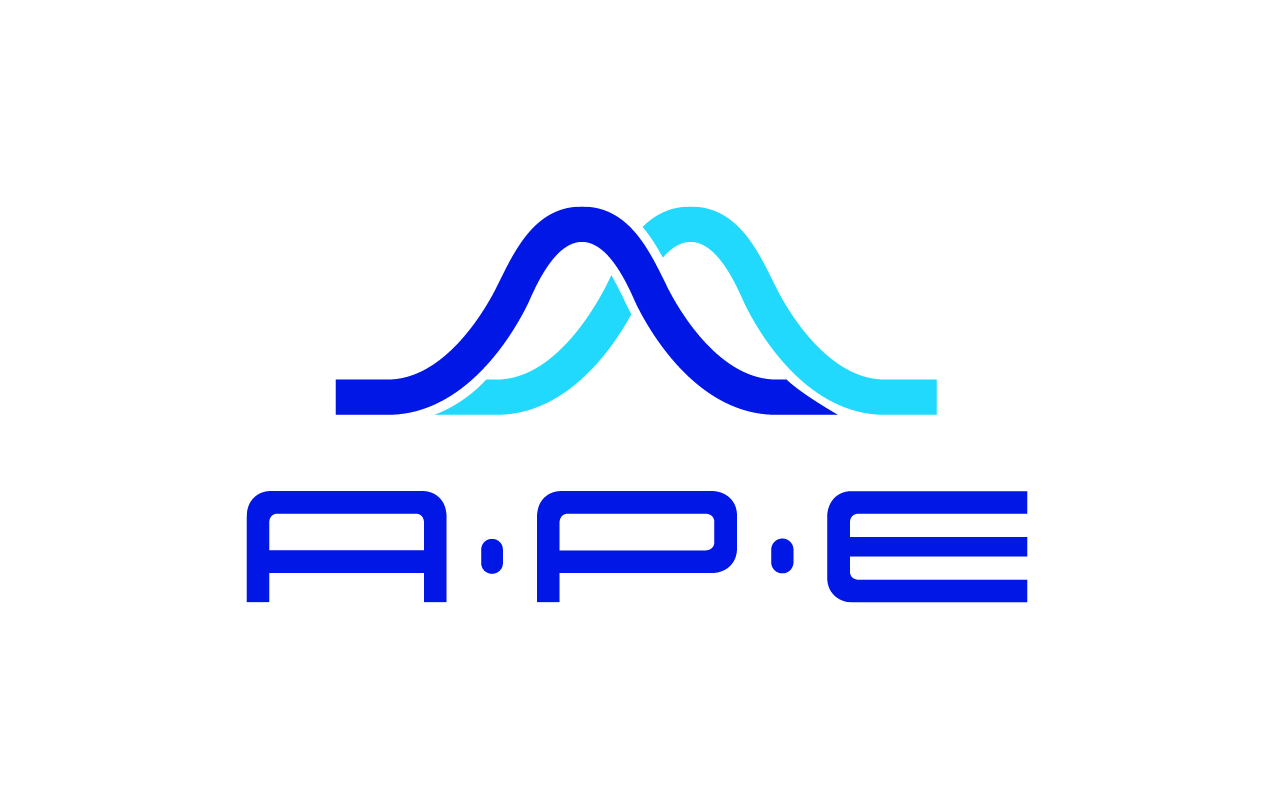
APE
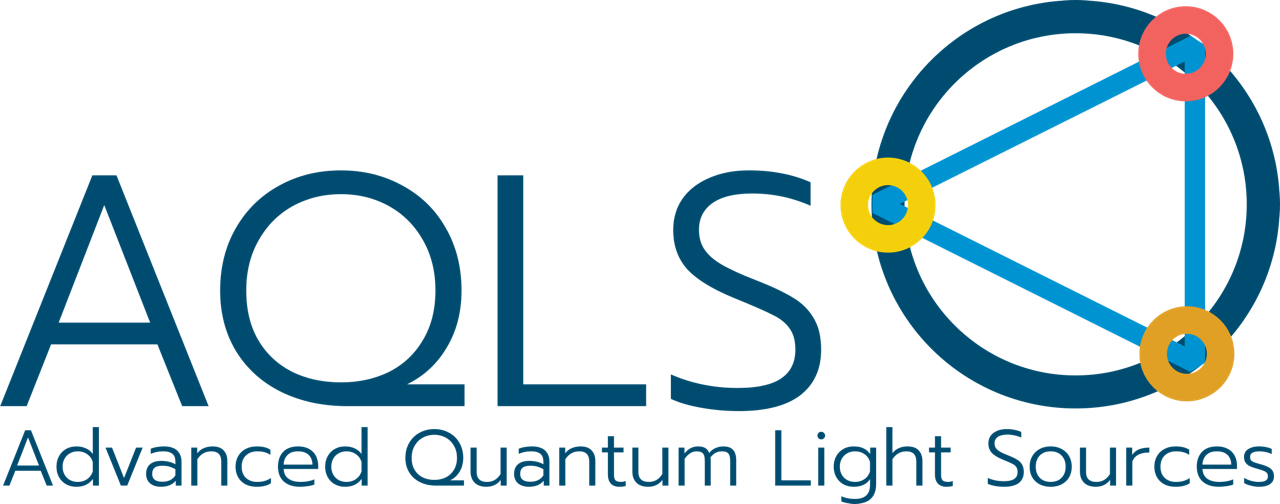
AQLS UG
ASML is a leading supplier to the semiconductor industry. The company provides chipmakers with hardware, software and services to mass produce the patterns of integrated circuits (microchips). Together with its partners, ASML drives the advancement of more affordable, more powerful, more energy-efficient microchips.
ASML in Berlin (formerly Berliner Glas GmbH) is a major ASML R&D and manufacturing site, with expertise in optics and wafer chuck technology. In Berlin, highly qualified employees develop and produce several key components for ASML lithography systems, including wafer tables and clamps, reticle chucks and mirror blocks.






